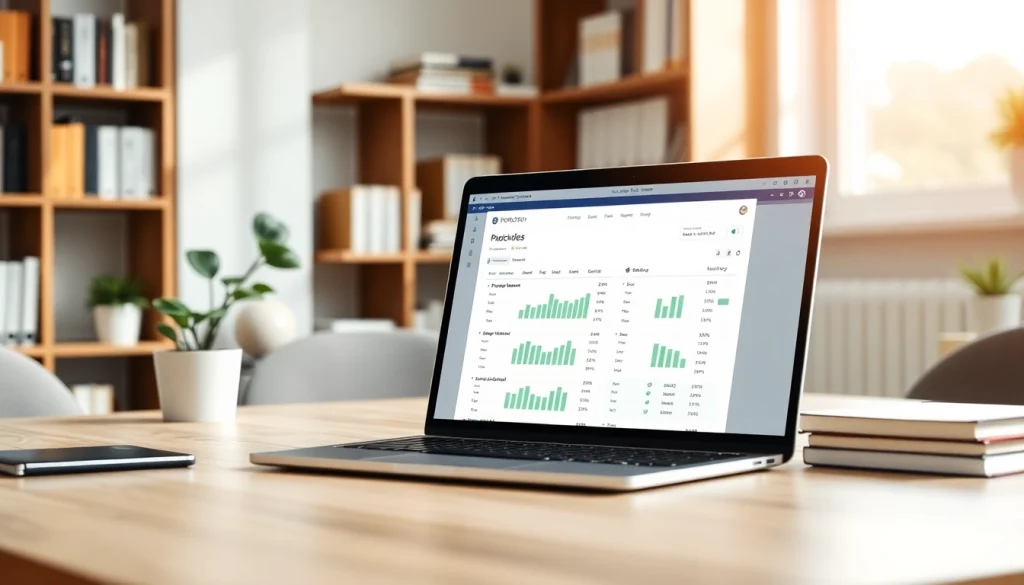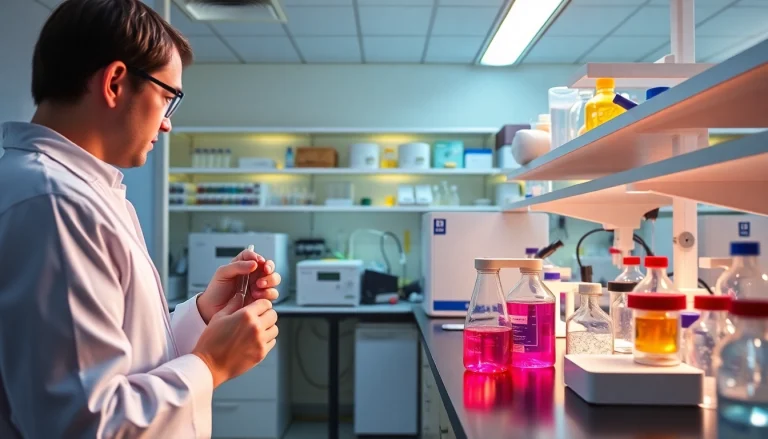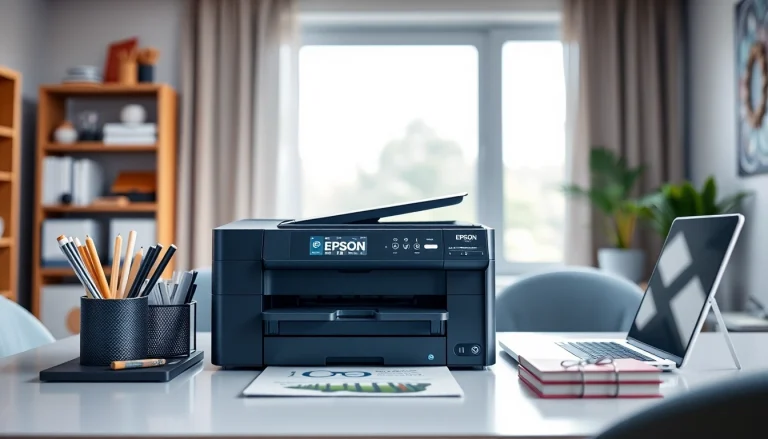
Understanding Plagiarism Detectors
What is a Plagiarism Detector?
A plagiarism detector is a sophisticated tool designed to identify instances of plagiarism within a text. Whether you are a student, educator, researcher, or writer, such a tool helps you ensure that your content maintains originality and that proper credit is given to the rightful authors of ideas and expressions that you may wish to reference.
Plagiarism can occur in many forms, from direct copying to paraphrasing someone else’s ideas without appropriate attribution. As digital content becomes increasingly accessible, the chances of unintentional plagiarism also rise. This is where a plagiarism detector plays a critical role, scanning documents against vast databases of existing content to provide clear, actionable reports on potential matches.
How Plagiarism Checkers Work
Plagiarism detectors rely on sophisticated algorithms and vast databases of academic papers, articles, and web content. The operational process usually involves the following steps:
- Text Submission: Users submit their documents via a user-friendly interface.
- Text Analysis: The tool breaks down the text to identify phrases, sentences, and structures.
- Database Comparison: Each section of the submitted text is cross-referenced against multiple sources in its database.
- Plagiarism Report Generation: The tool generates a report indicating areas of concern, with percentages showing the extent of similarity with existing works.
Types of Plagiarism Detectors Available
Plagiarism detectors vary widely in functionality and purpose. Some common types include:
- Online Plagiarism Checkers: These are easily accessible through web browsers and typically offer free basic services alongside paid plans for more comprehensive scans.
- Institutional Tools: Many educational institutions utilize tools like Turnitin, which are integrated within their learning management systems. Such tools usually offer advanced functionalities but require a subscription.
- Software Solutions: Desktop applications that can be downloaded and installed, providing offline capabilities.
- API Integration: Some businesses prefer to integrate plagiarism detection within their larger software systems through APIs, allowing for customized solutions that fit specific organizational needs.
The Importance of Using a Plagiarism Detector
Maintaining Academic Integrity
In academic environments, integrity is of utmost importance. Students are expected to produce original work, and educators often implement strict policies against plagiarism. Utilizing a plagiarism detector helps both students and faculty uphold these standards by ensuring that submitted work is free of unintentional or intentional borrowing. By maintaining academic honesty, individuals not only protect their reputations but also foster a culture of trust and integrity within educational institutions.
Enhancing Content Originality
Originality is key to effective communication, whether in academic or professional writing. Plagiarism detectors help writers substantiate their ideas and perspectives while ensuring that they contribute to the discourse rather than simply replicate established knowledge. This pursuit of originality can improve not only the quality of writing but also its potential impact on readers.
Preventing Legal Issues
In the professional realm, failing to address plagiarism can lead to serious legal consequences. Copyright infringement claims can devastate careers and damage reputations. A thorough plagiarism check can help mitigate these risks by indicating any unattributed data or ideas that could be contentious. By proactively correcting issues before publication, writers minimize the chance of facing lawsuits or reputational damage.
How to Choose the Right Plagiarism Detector
Features to Look For
When selecting a plagiarism detection tool, consider the following features:
- Comprehensive Database: A wider database ensures better detection of similarities in text.
- Reporting Format: Look for tools that provide clear, actionable reports outlining not just percentages, but also specific instances of matched content.
- Multiple File Formats: A good plagiarism detector should support various document formats like .docx, .pdf, .txt, etc.
- User-Friendly Interface: An intuitive design enhances the user experience, making the tool accessible even to those who may not be tech-savvy.
- Integration: If you’re using other writing tools, check if the plagiarism detector offers integration options for seamless use.
Comparing Free vs. Paid Options
Free plagiarism detectors are available, but they often come with limitations such as smaller databases, fewer features, or daily usage caps. Paid options, while requiring an investment, typically offer significantly more robust features, including instant scans, detailed reports with percentage integrity, and wider detection capabilities. It’s crucial to evaluate your needs and decide based on the frequency of use and the importance of accurate detection.
User Reviews and Recommendations
Another way to gauge the effectiveness of a plagiarism detector is by looking at user reviews and professional recommendations. Websites, forums, and testimonials can provide insights into the reliability and accuracy of various tools. Consider factors such as customer service, ease of use, and report clarity when selecting a service.
Effective Strategies for Using a Plagiarism Detector
Best Practices for Running Checks
For optimal results, follow these best practices when using a plagiarism detector:
- Submit Smaller Sections: Breaking your text into smaller sections can yield more focused results and identify specific areas needing attention.
- Run Multiple Checks: Consider running checks at different stages of your writing process — from drafts to final versions — to catch any potential issues early.
- Utilize Advanced Settings: Familiarize yourself with the tool’s settings, which may allow for more comprehensive scanning methods.
Interpreting Plagiarism Reports
Understanding the results provided by plagiarism detectors is crucial for effective revision. Most reports will highlight matched content along with links to the original source. Look for features such as:
- Highlighting: See specific sections flagged for similarity.
- Similarity Index: Percentage indicating how much of your text matches existing content.
- Source Links: Access to original content for reference and proper citation.
Improving Feedback and Revisions
Utilizing a plagiarism detector goes beyond just checking for copied text; it can also enhance your writing through feedback on how to improve citation practices and originality. As you learn to recognize patterns that lead to unintentional plagiarism, you can develop stronger writing habits that reinforce the importance of originality in your work.
Future Trends in Plagiarism Detection Technology
AI and Machine Learning Advances
The future of plagiarism detection is closely tied to advancements in artificial intelligence (AI) and machine learning. These technologies are already enhancing the efficiency and accuracy of plagiarism checkers by enabling them to recognize subtle similarities and contextual meanings, making detection smarter and more nuanced.
Integration with Writing Tools
As writing software and educational tools become more integrated, we can expect plagiarism detectors to become a standard feature in text editors and academic platforms. This integration will streamline the writing and review process, providing immediate feedback within the user’s workspace.
Ethical Considerations in Plagiarism Detection
The rise of digital plagiarism detection also raises ethical questions regarding privacy and copyright compliance. As tools gather data on student submissions and academic integrity, concerns about data security and misuse emerge. Future developments need to focus on transparency, to ensure that users understand how their data is used and stored while maintaining the necessary checks against plagiarism.






